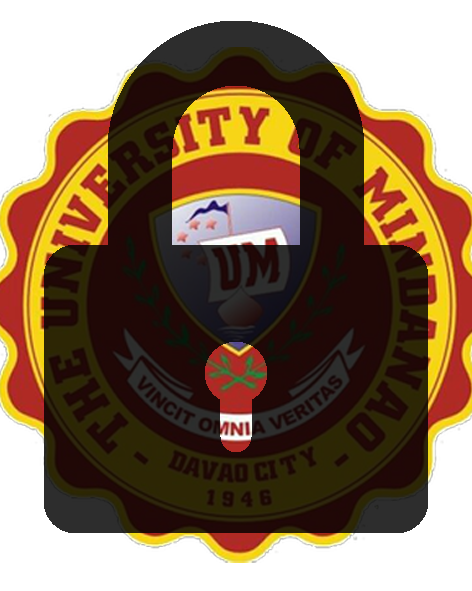Mechanical performance of fiber reinforced concrete with papaya (Carica papaya) bast fiber as self-healing agent

View/
Date
2024-01Author
Maningo, Adrian
Padernal, Faye
Peñero, Froilan Neil
Citation Tool
Metadata
Show full item recordAbstract
Philippines is located in a region that’s highly susceptible to various natural disasters. Earthquakes, or seismic events, can lead to structural vulnerabilities, particularly the formation of cracks, a significant drawback of concrete infrastructure. Minimizing the expenses associated with repairing these issues has led to the development of self-repairing concrete. This paper investigates how the inclusion of Papaya Bast Fiber (PBF) influences the self-healing capabilities of cement-based composites. The weight percentages of replaced PBF and PSH in the mixture are 1%, 3%, and 5%. Tests for rebound hammer, compressive strength, flexural strength, water absorption, and density were conducted to assess the augmentation effect of physical and mechanical performance of PBF and PSH materials, and an investigation of self-healing capabilities was conducted. Additionally, scanning electron microscopy (SEM), thermometric analysis (TGA), and Brunauer- Emmett-Teller (BET) surface analysis tests were also performed. Moreover, Visual inspection will be instrumental in observing the healed cracks and evaluating the extent of crack closure. SHM-PBF shows an adequate performance in recovering the damages of the specimen, corresponding to a 37% (PSH1), 83% (PSH3) healing efficiency after 28 days, and 100% (PSH5) in just 14 days.
Collections
- Undergraduate Theses [639]
Publisher
College of Engineering Education
